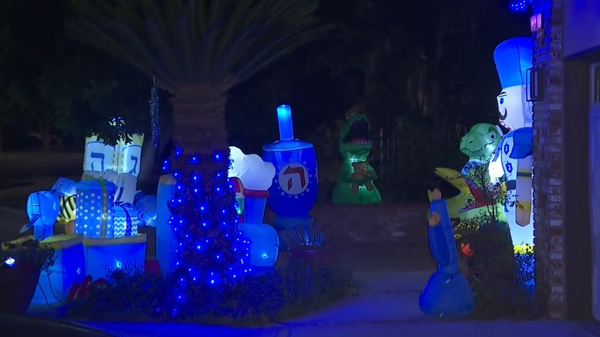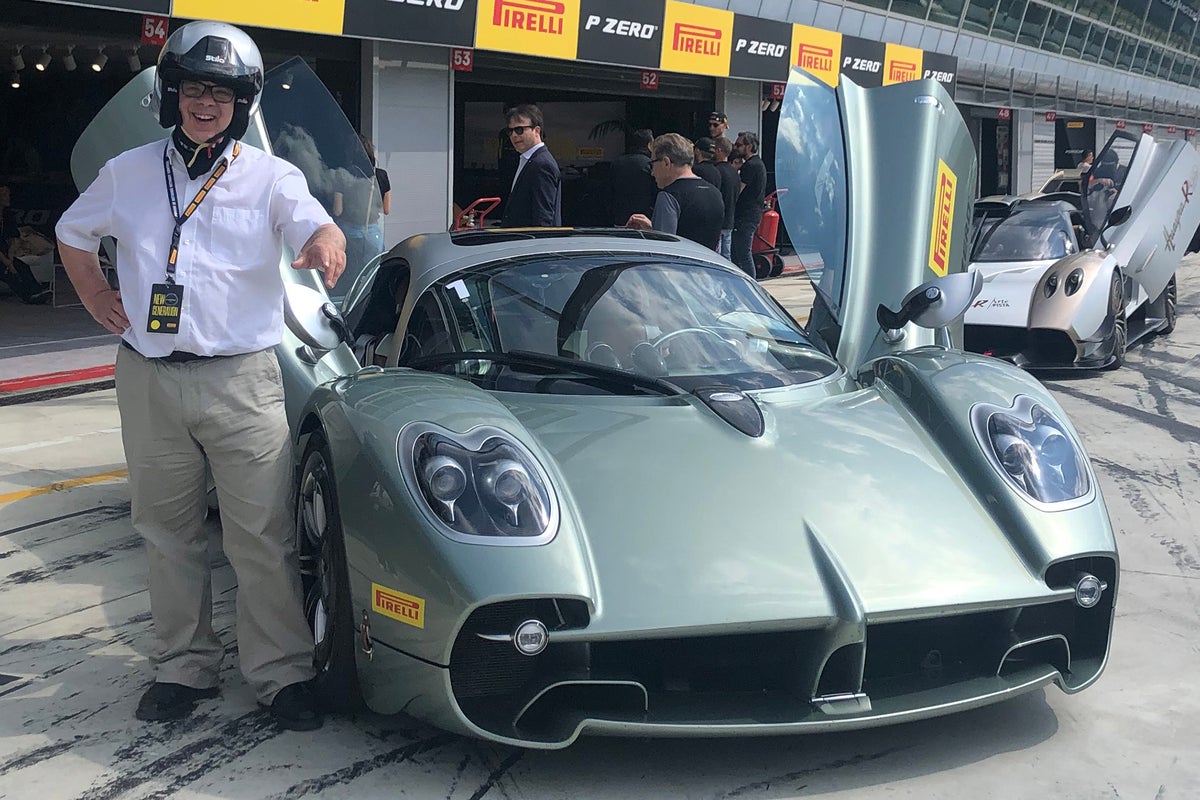
What happens when the rubber hits the road? Who better to ask than Pirelli, who generously offered to give me the drive of my life (and not end it, obvs), to show what their latest generation of P Zero tyres can do. Shamefully, I have taken insufficient interest in tyres before, but a few laps of the Monza circuit that placed unprecedented G-forces on my body have made me reconsider my priorities.
The answer to what happens when the rubber hits the road is “quite a lot”, obviously, because those four terribly neglected round black things at the corners of your car are the only component that actually touches the ground, are crucial to your safety and that of your passengers, and, to look on the brighter side, can add much to your enjoyment of driving.
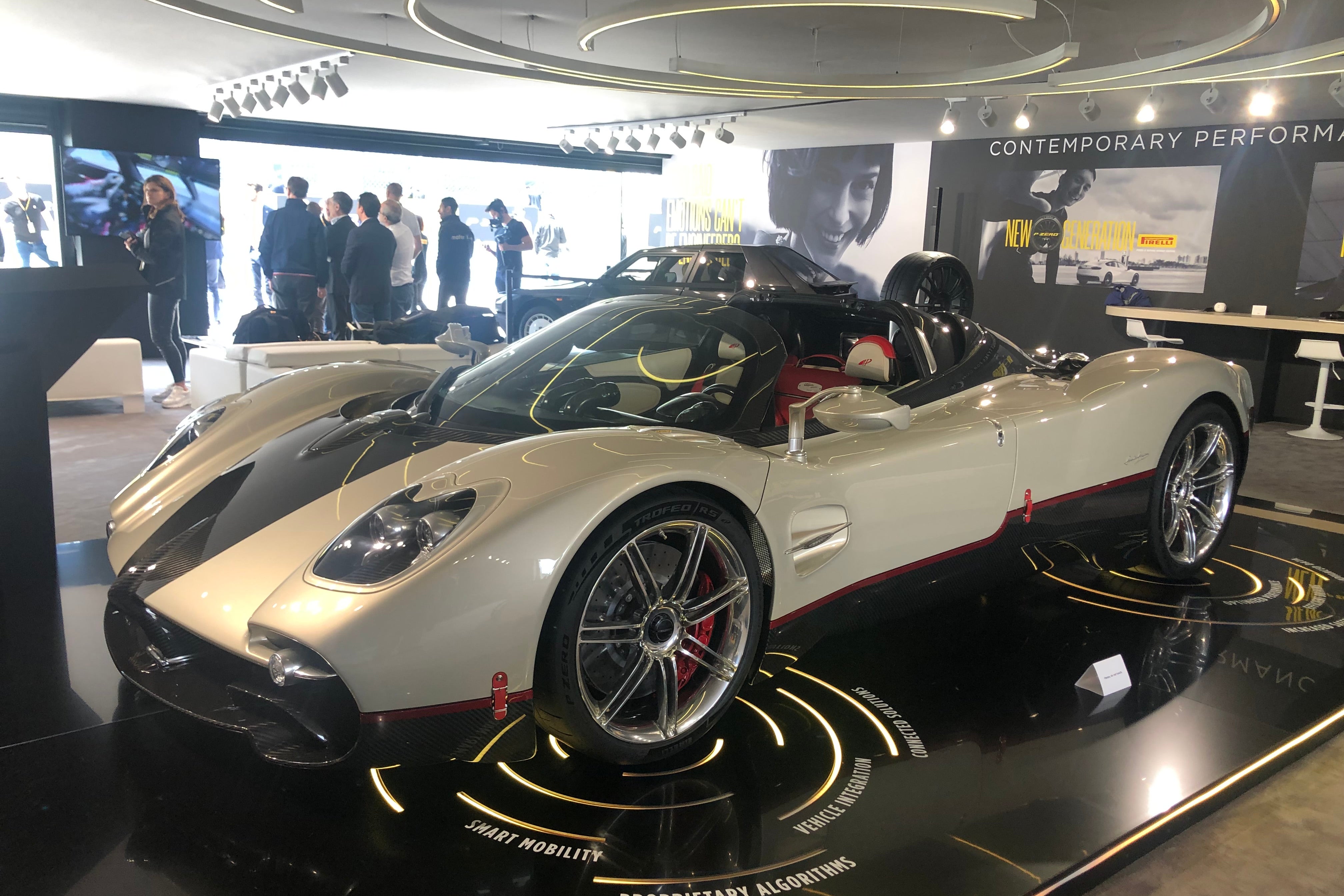
Since the dawn of motoring they’ve been “dumb”, but now Pirelli has invented the “Cyber Tyre”, the most advanced version of the P Zero range, now fully operational on the new (and unironically named) Pagani Utopia hypercar. This is a much smarter tyre than anything that’s been seen before, because it has a sensor stuck to the inside surface that uses telemetry to transmit messages about what’s going on down there to the car’s own electronic brain, the better to enhance handling, performance and, most important, braking.
The sensor itself – obviously sealed for the expected life of the tyre, and powered by a battery – is a fairly unprepossessing thing, looking a bit like a hearing aid stuck in a piece of discarded squashed chewing gum. No matter. This tyre, in short, “talks” to the car, and the information is processed without the direct involvement of the driver.
The tyre can detect a lack of grip, from an icy or rainy surface. If the tyre is running hot, which should improve grip, then the car also knows this, and can incrementally adjust the suspension and braking settings accordingly.

In due course, such information about the behaviour of a tyre can be collected in aggregate and used to inform the design of the next generation of tyres, because, whatever happens in the processes of electrification and autonomous driving, the cars of the 2030s and onwards will still have four wheels and some rubbery things to make them work better.
The results of this electronic revolution – perhaps the most significant innovation in this field since the inner tube was developed in the late 19th century – I discovered for myself at Monza. Being driven by professional drivers in a Pagani and a Ferrari at speeds well in excess of 200mph instilled in me a fresh respect for the humble tyre.
Still more impressively, a combination of expert coaching, superlative automotive engineering and advanced tyre technology made it possible for me, an indifferent driver, to emulate the experts in a variety of premium kit, and make it through the chicanes in one piece (and improbably calmly).
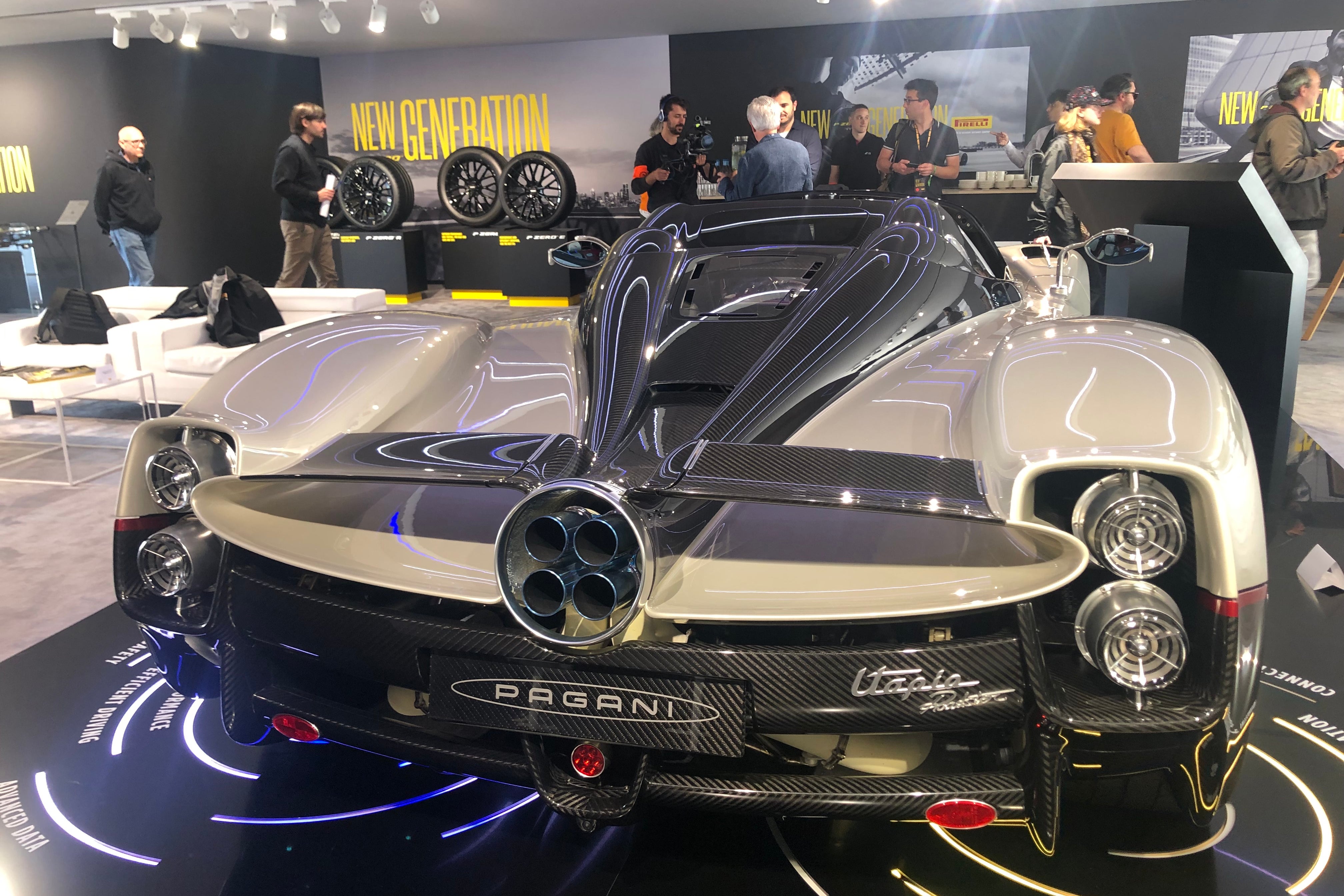
Suitable versions of the Pirelli P Zero tyre, bespoke to the models, were fitted to a Porsche 911 Carrera 4 GTS, a BMW M5 and an Audi RS3, and what had been cars that rightly intimidated me became genial companions – as one might imagine oneself being disarmed by getting to know members of the MS-13 international criminal gang.
In terms of dedicated track performance, Pirelli claim that the “semi-slick” (lightly grooved) P Zero Trofeo RS is built for peak safety and performance, and it’s happily also road-legal. The “P Zero” moniker, by the way, has nothing to do with net zero, and is just a project name adopted for this type of performance tyre when it was first launched in 1985 on the rally-winning Lancia Delta, joined the following year by the Ferrari F40; many other storied marques followed.
All I can add to this story is that if the tyres did anything to keep me on track, literally, at more than three times the UK motorway speed limit, then the Pirelli engineers are doing the right sorts of thing.
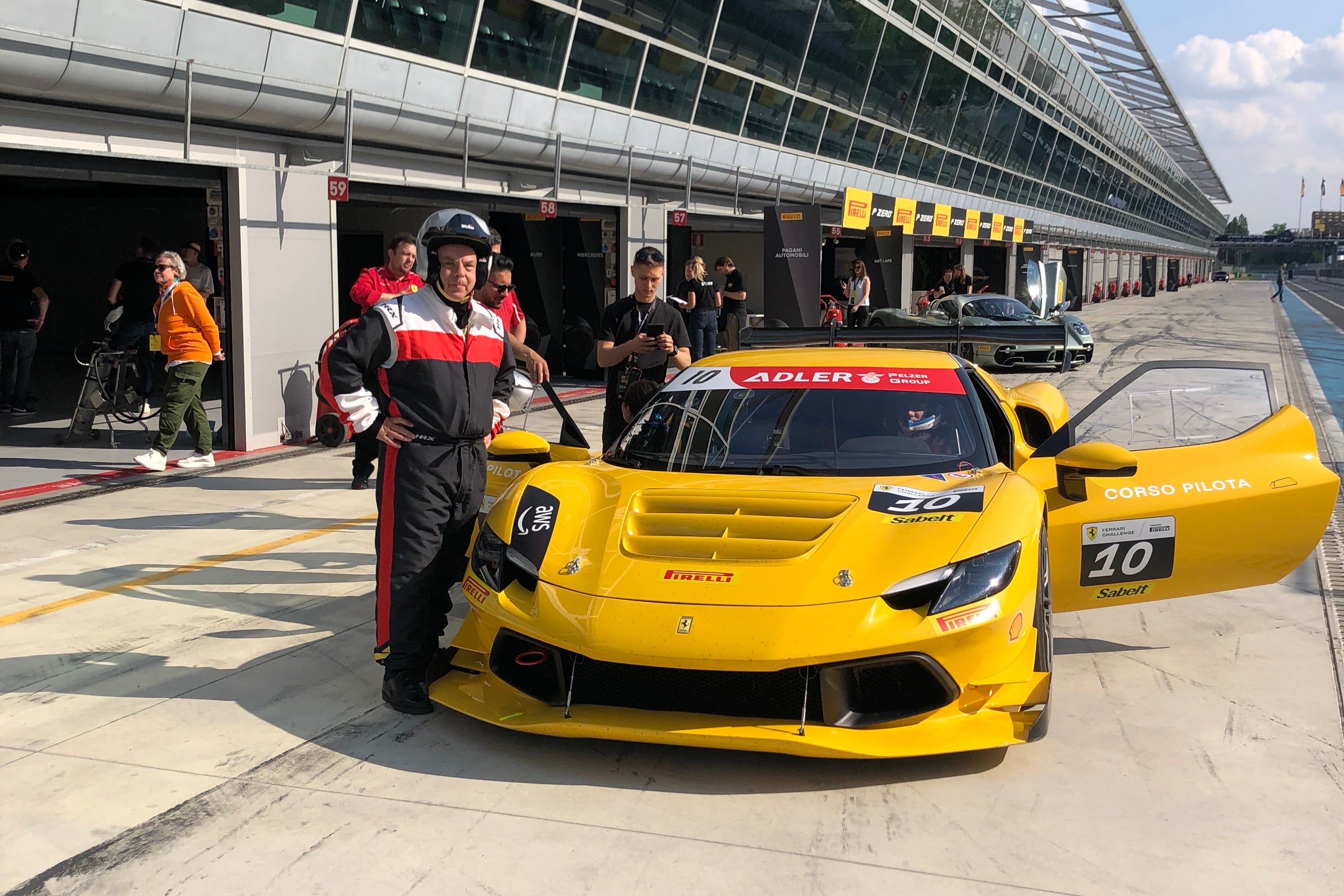
One of these is using a “virtual tyre” concept to develop and hone the tyre during research and development. How the tyre responds to different conditions – icy tarmac to savanna dirt tracks – can be measured using a blend of first principles (chemical composition, size, weight), actual real-world testing on road and track, and a giant virtual simulator, in which a real human sits in a real car in the lab and plays a sort of gigantic video game to push the car and tyre combination to its very limit.
By the time Pirelli had finished, the virtual P Zero on a simulator could mimic the real tyre in the real world across a vast range of conditions to the extent of about 95 per cent.
Most impressively, too, the real tyre can deliver optimal, world-class performance while using recycled and renewable materials as well as traditional rubber and synthetics.
Other tyres are available, and most of the makes that use the Pirelli P Zero also use rivals’ products. But the number that favour the Pirelli brand for at least some of their highest-performance models is striking – Polestar, Mercedes-Benz (GLE), Lucid (Sapphire), and Ford (Mustang Dark Horse), as well as Pagani, Ferrari, Audi and BMW.
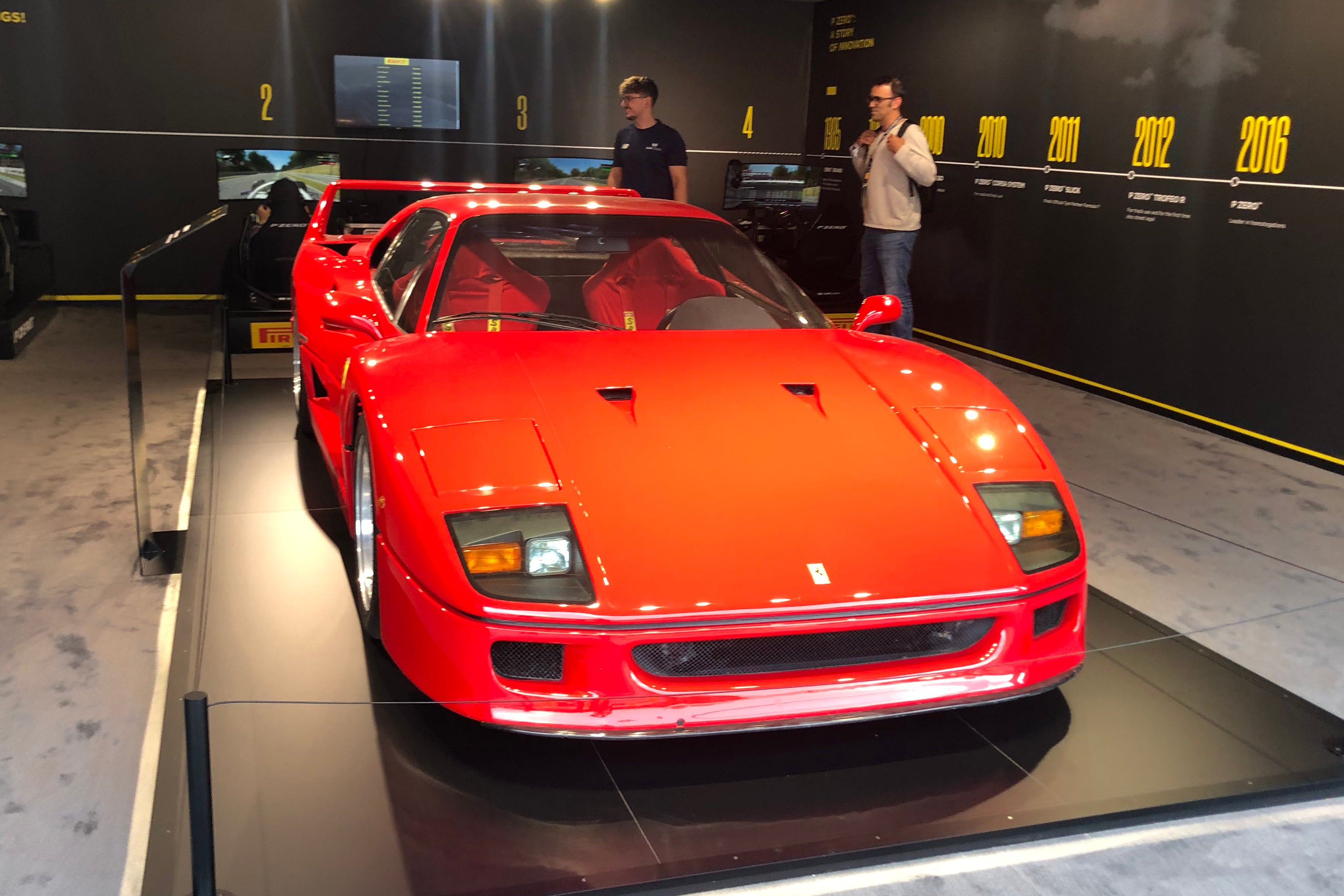
Pirelli is a great old company, with a proud history and a passion for the perfection of the automobile that’s typical of the region around Milan. It’s a relatively small player (ranked fifth in the world) and these days has an effective Chinese state shareholding of 37 per cent, which adds geopolitical complexity to this very global business (notwithstanding its impeccable Italian credentials).
There are also big challenges associated with minimising the problem of tiny tyre particulates polluting city air, increasingly exacerbated by the new wave of ultra-heavy electric SUVs – some weighing in at three tonnes. But if it can maintain its popularity among enthusiastic drivers, then we may be sure that the Pirelli Cyber Tyre and the rest of its latest range will help keep it from skidding into oblivion.

